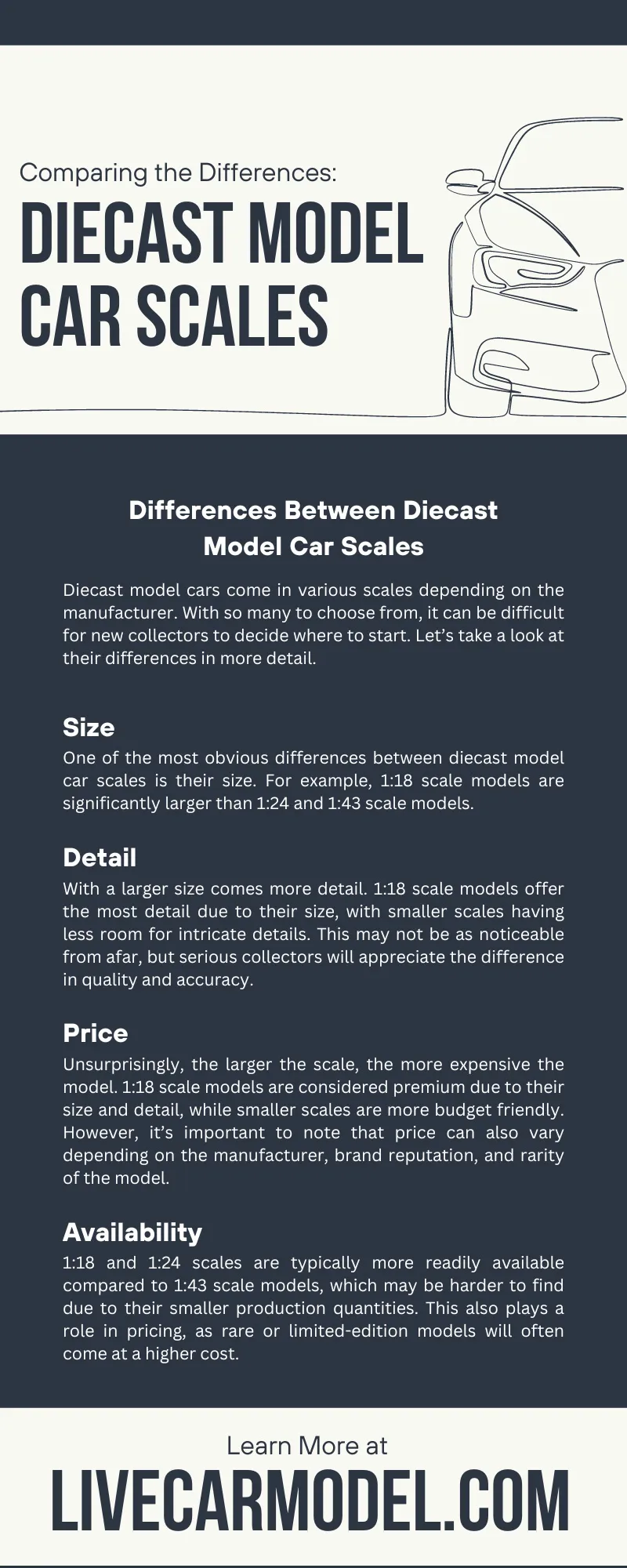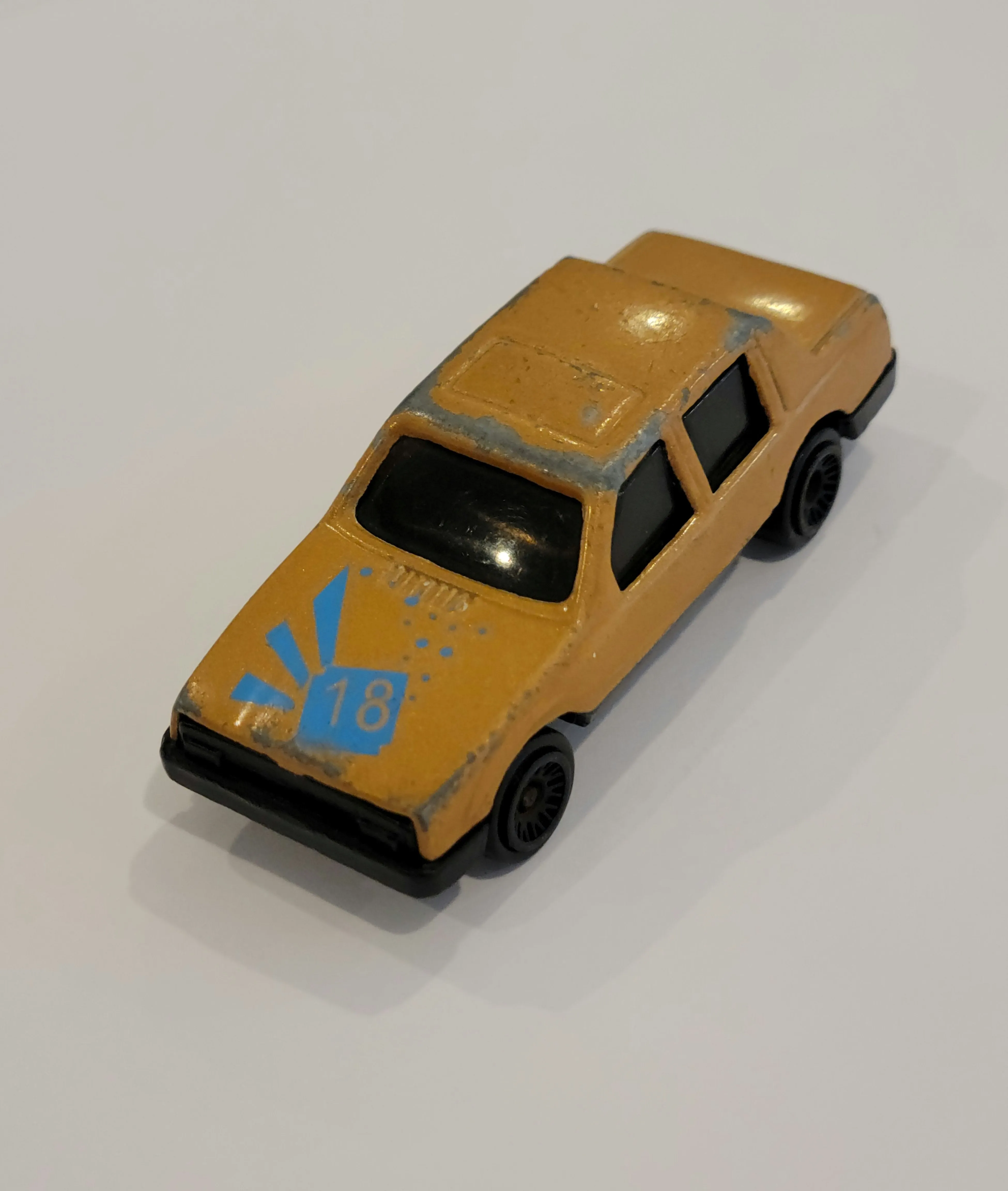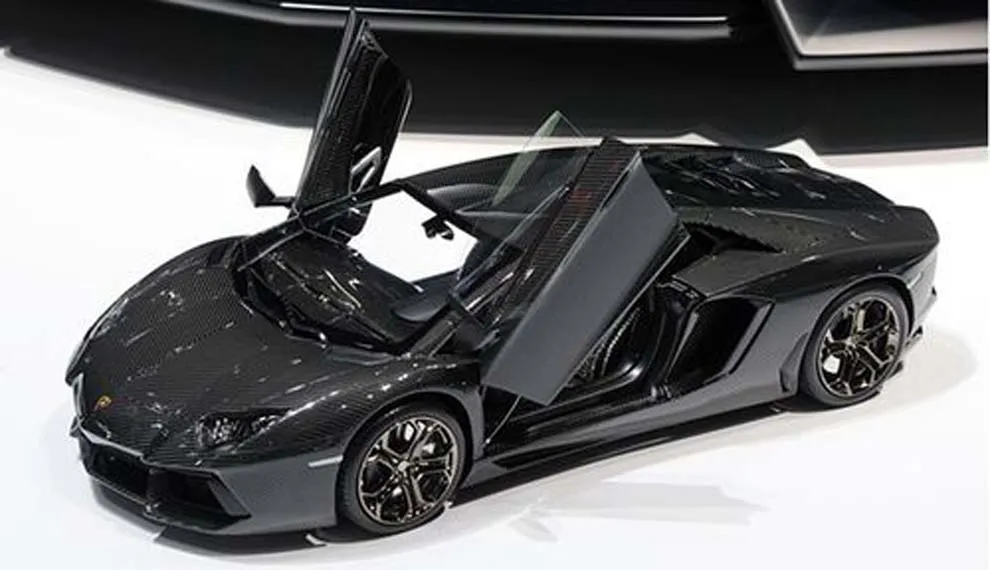Diecast Cars vs Real Cars Understanding the Basics
The world of automobiles offers a diverse range of choices for enthusiasts and practical users alike. Among these options, diecast cars and real cars represent two distinct paths, each with its own unique characteristics, advantages, and drawbacks. Understanding the fundamental differences between these two categories is crucial for making an informed decision about which one aligns best with your preferences, budget, and lifestyle. This comparison will delve into the core aspects of both diecast cars and real cars, offering a comprehensive guide to help you navigate the choices and make the right decision. Whether you’re a seasoned collector, a budding enthusiast, or simply someone considering their automotive options, this analysis will provide valuable insights.
What are Diecast Cars
Diecast cars are miniature replicas of real-life vehicles, meticulously crafted using a die-casting process. This involves injecting molten metal, typically zinc alloy, into a mold to create detailed and accurate representations of cars, trucks, and other automobiles. These models come in various scales, such as 1:18, 1:24, and 1:64, allowing collectors to amass a diverse assortment of vehicles in a manageable size. The appeal of diecast cars lies in their affordability, collectibility, and the intricate detail that captures the essence of their full-size counterparts. Many diecast models feature opening doors, hoods, and trunks, along with realistic interiors and paint jobs, further enhancing their appeal to collectors and enthusiasts. These are not just toys but miniature works of art that celebrate the beauty and engineering of the automotive world.
Materials Used in Diecast Cars

The materials used in diecast cars are carefully selected to ensure durability, detail, and aesthetic appeal. The primary material is typically a zinc alloy, which is ideal for die-casting due to its ability to capture fine details and its relatively low melting point. This allows manufacturers to create intricate designs with precision. Other materials include plastic for interior components, tires, and various details. Glass or clear plastic is often used for windows, and paint provides the finishing touch, replicating the colors and finishes of real-life vehicles. The combination of these materials allows for the creation of highly realistic and detailed models that capture the essence of the original vehicles. This careful selection of materials ensures that diecast cars are not only visually appealing but also durable and long-lasting, making them ideal for collectors and enthusiasts.
Scale and Size Variations of Diecast
Diecast cars come in a variety of scales, each representing a different size ratio to the real-life vehicle. The most popular scales include 1:18, 1:24, 1:43, and 1:64. A 1:18 scale model is 1/18th the size of the original car, offering a good balance between detail and size. 1:24 scale models are slightly smaller and often more affordable. 1:43 scale models are popular for their compact size, making them ideal for display. 1:64 scale models, often referred to as ‘matchbox’ size, are the smallest and most accessible, perfect for casual collectors. The scale chosen often depends on the collector’s preferences, display space, and budget. Each scale offers a unique perspective on the vehicle, with larger scales allowing for more intricate detailing and smaller scales providing a cost-effective way to build a collection. Selecting the right scale is crucial when choosing a diecast car, ensuring it complements your collection and meets your specific needs.
What is a Real Car
A real car is a self-propelled road vehicle designed for transportation. It is a complex machine, comprising an engine, transmission, chassis, and various other components that work together to provide mobility and functionality. Real cars are built to transport people and goods from one location to another, offering a practical solution for everyday commuting, travel, and commercial purposes. They come in a wide array of types, from compact city cars to spacious SUVs and powerful sports cars, each designed to meet different needs and preferences. Unlike diecast cars, real cars involve significant financial investment, ongoing maintenance, and operational costs, making them a more substantial commitment. However, they offer the freedom and convenience of personal transportation, along with a range of features and capabilities that cater to diverse lifestyles.
Types of Real Cars

The automotive world is rich with diverse types of real cars, each catering to different needs and preferences. Sedans are known for their practicality, comfort, and fuel efficiency, making them ideal for daily commutes and family use. SUVs offer a higher ride height, increased cargo space, and all-wheel-drive capabilities, suitable for both city driving and off-road adventures. Trucks are designed for heavy-duty tasks, providing powerful engines and robust construction for hauling and towing. Sports cars prioritize performance and handling, offering exhilarating driving experiences. Electric vehicles (EVs) represent a growing trend, utilizing electric motors for zero-emission transportation. Hybrid vehicles combine both internal combustion engines and electric motors, offering a balance of fuel efficiency and performance. Understanding the various types of real cars helps individuals align their transportation needs with specific vehicle attributes.
Factors to Consider When Deciding
Making a decision between diecast cars and real cars involves careful consideration of various factors. Your budget plays a crucial role; diecast cars are generally more affordable, while real cars require a significant financial investment. Consider your available space; diecast cars require less storage space compared to real cars, which need parking and storage facilities. Evaluate your primary purpose; diecast cars are primarily for collecting and display, while real cars provide transportation. Assess your maintenance preferences; diecast cars require minimal maintenance, whereas real cars involve regular servicing and repairs. Understand your level of interest; diecast car collecting is a hobby, while owning a real car involves practical responsibilities. Considering these aspects will help you choose the right option to match your specific needs and interests.
Cost and Budget Analysis
A thorough cost and budget analysis is crucial when deciding between diecast cars and real cars. Diecast cars offer a relatively low entry cost, with models ranging from a few dollars to several hundred, depending on the scale, detail, and rarity. The ongoing costs are minimal, primarily involving the occasional purchase of new models. Real cars, on the other hand, represent a significant financial commitment. The initial purchase price can vary widely, from thousands to hundreds of thousands of dollars. Ongoing expenses include fuel, insurance, maintenance, repairs, and registration fees. Create a detailed budget that encompasses all potential costs associated with each option. This will help you make a financially sound decision, aligning your automotive choice with your financial capabilities. Consider both the immediate and long-term costs to ensure your budget aligns with your lifestyle.
Space and Storage Needs

The space and storage requirements significantly differ between diecast cars and real cars. Diecast cars are relatively compact and easy to store. They can be displayed on shelves, in cabinets, or in dedicated display cases, occupying minimal space. Real cars, however, demand substantial space for parking and storage. A garage is ideal, providing protection from the elements, or a designated parking spot is essential. Consider the availability of space when making your decision. If you have limited space, diecast cars are a more practical choice. If you have ample space and need personal transportation, a real car is more suitable. Assessing your available space will help you select the option that best fits your living situation and lifestyle.
Maintenance and Upkeep
The maintenance and upkeep requirements are significantly different for diecast cars versus real cars. Diecast cars require minimal maintenance; a gentle dusting is usually all that’s needed to keep them in good condition. Real cars, however, demand regular maintenance to ensure optimal performance and safety. This includes oil changes, tire rotations, brake inspections, and other routine services. Repairs can be costly, and unexpected issues can arise. Owning a real car involves a commitment to regular maintenance and potential repair costs. Understanding these differences is important for making an informed decision. If you prefer a low-maintenance option, diecast cars are a better choice. If you are prepared for ongoing maintenance and potential repair expenses, then a real car is a viable option.
Collecting vs Practical Use
The primary purpose of diecast cars is collecting and display. Enthusiasts acquire these miniature replicas for their intricate detail, historical significance, or personal interest. Diecast cars are not designed for practical use and serve as a hobby or a form of art. Real cars, conversely, provide practical transportation. They are designed to transport people and goods, fulfilling everyday needs such as commuting, running errands, and traveling. Choosing between diecast cars and real cars hinges on your priorities. If you’re looking for a hobby or a way to appreciate automotive design, diecast cars are ideal. If you need personal transportation and the ability to move around, a real car is essential. Consider your primary use and make a decision that aligns with your needs.
Benefits of Diecast Car Collecting

Diecast car collecting offers several notable benefits. It’s an affordable hobby compared to owning real cars. It allows you to build a diverse collection of vehicles without needing a large amount of space. Collecting diecast cars is a rewarding way to appreciate automotive design and history. Diecast cars often increase in value over time, making them a potential investment. The collecting community fosters camaraderie and shared passion among enthusiasts. Diecast cars are a great way to relieve stress. The detail and craftsmanship of diecast models provide aesthetic pleasure. Collecting diecast cars can be a deeply satisfying hobby, offering both personal enjoyment and potential financial benefits.
Benefits of Owning Real Cars
Owning a real car provides a range of advantages that can significantly enhance your lifestyle. It offers unparalleled freedom and flexibility, allowing you to travel at your convenience and explore various destinations. A car provides personal mobility, enabling you to commute, run errands, and visit friends and family with ease. It provides a sense of independence and control over your transportation. You can customize your car to match your needs. It can serve as a tool for various purposes. Having a car can improve your overall quality of life by providing convenience, independence, and access to opportunities. Owning a car can be an investment in your personal and professional life.
Choosing the Right Option for You
Choosing between diecast cars and real cars depends on your individual preferences, needs, and circumstances. If you are passionate about collecting, appreciate detailed craftsmanship, and have limited space, diecast cars are a great choice. If you prioritize personal transportation, need practicality, and are prepared to handle the associated costs and maintenance, a real car is a necessity. Consider your budget, lifestyle, available space, and primary purpose. Make sure you conduct thorough research, compare options, and evaluate the pros and cons. Make a decision that aligns with your values and goals. Both diecast cars and real cars offer unique benefits. The right choice will ultimately enhance your enjoyment and satisfaction with the automotive world.
